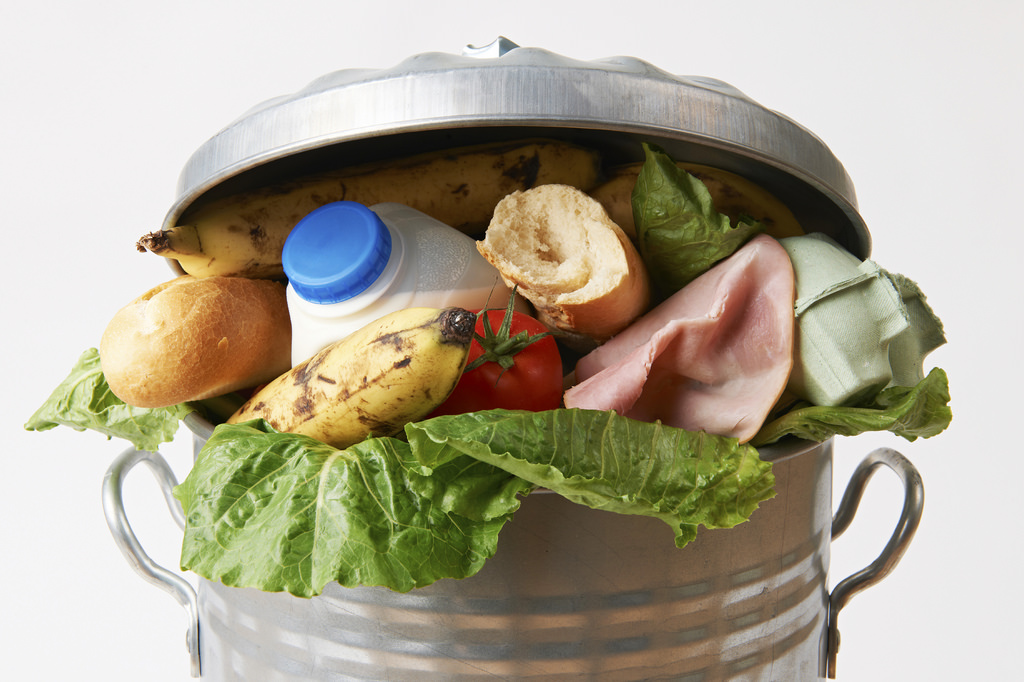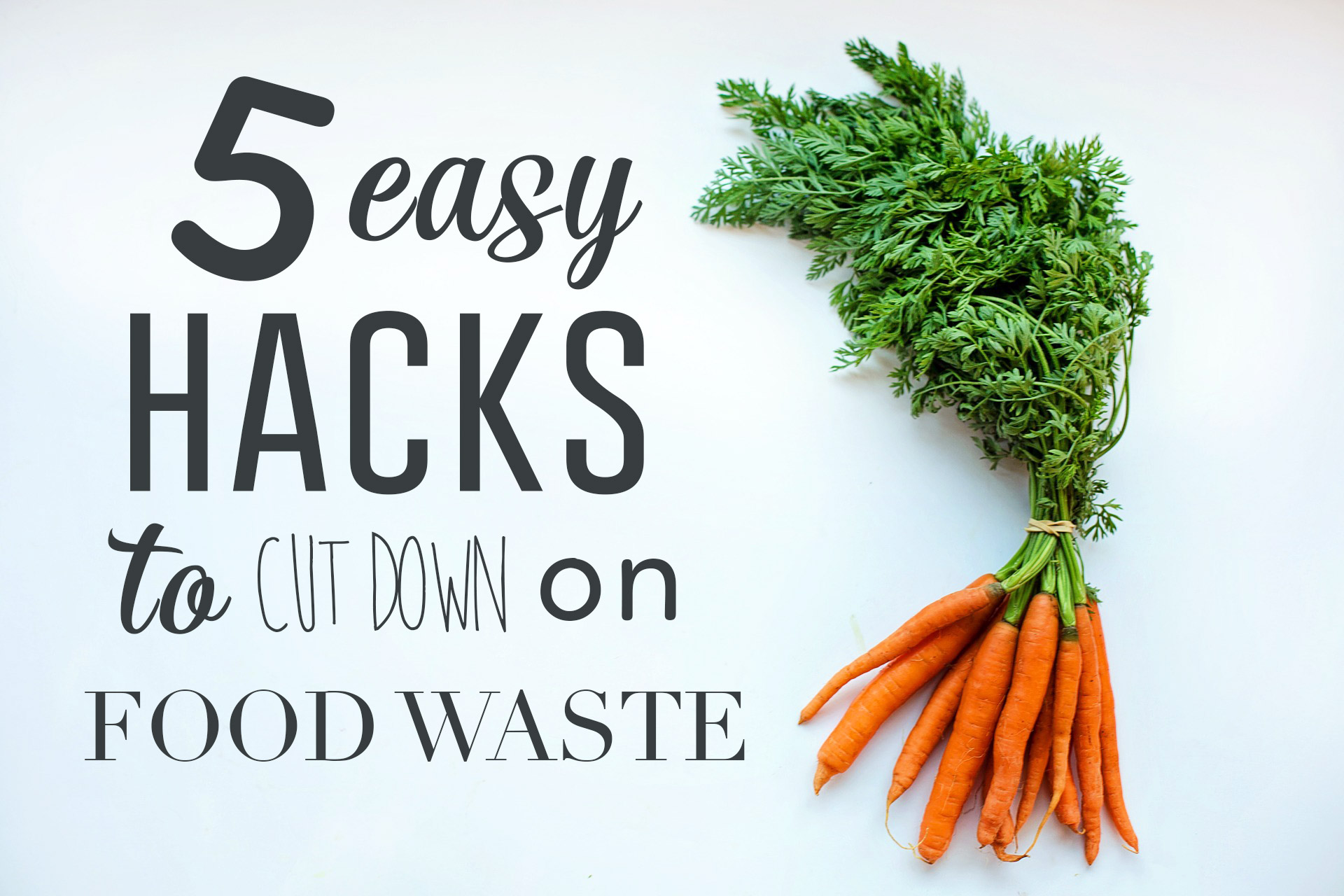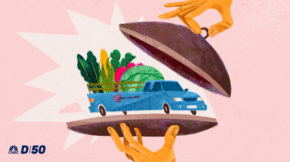What is Food Waste?
It may seem like small potatoes, but those potatoes add up. Food waste is actually one of the biggest problems facing us today. Between 33-50% of all food produced globally is never eaten. That’s over $1 trillion dollars wasted annually, not to mention our time, effort, and resources that get tossed away! And since 800 million people in the world don’t have enough food to eat, it’s easy to see we’ve got a problem.
Besides the obvious waste factor, it’s also bad for the environment. Not only do we displace people and healthy air-giving trees to grow all that food, but when it rots in our landfills it creates methane, which is even worse than carbon dioxide. So, let’s save money and the planet! No one wants to throw that green or those greens, down the trash.
Yikes, what’s the good news?
It’s totally fixable! Food waste may seem like a trash-heap-mountain of an issue, but the solution actually starts with you! Supermarkets (besides us, we are proudly extremely low-waste) are responsible for a big chunk of our global food-waste issue, it’s true. However, over 50% of food waste in high-income countries (that’s us) takes place in residential homes. Here are our top 5 tasty tips and tricks to chomp down on food waste!
Make Wilted Veggies Crispy Again!
Celery and carrots getting a bit wibbly-wobbly? That’s because they’re dehydrated. Despite their density, carrots are actually very high in water content and are prone to dry out quickly (leaving them skinny and soft). Time for a little course on carrot care.
- TIP 1: Get rid of those greens! When you receive carrots in your GrubMarket order or FarmBox, they usually arrive au-natural. That’s because we work with organic & sustainable produce from small local farmers and nobody has time to cut off all those carrot tops. But before your store, make sure to chop and chuck ’em. The green tops, if left uncut, will suck all the moisture from the carrot, making them soft and sad.
- TIP 2: Do not wash, rinse or cut until ready to cook. If left in the crisper drawer in an open paper bag, they can last for over a week.
- TIP 3: Don’t wait for a big meal! Crunch and munch on veggies more often, especially raw (when they’re at their most nutrient-dense)!
- TIP 4: If all above fails and they go soft on you, trim off the ends, place them in a Ziploc bag with filtered water and leave them in the fridge for at least an hour. Then, Oh snap! They’re back!
Make Green Bombs
Spinach gettin’ steamy in its bag? Don’t toss it. Those wilted Try this simple hack and save them for smoothies and sautees for months to come.
- TIP 1: Don’t store your greens in a closed bag or container. They need air circulation to stay fresh.
- TIP 2: The best way to store greens is in tupperware with a chemical-free paper towel at the bottom (to absorb any moisture) and plastic wrap or wax paper over the top with slits cut through for circulation.
- TIP 3: If you start to see wilted bits, toss them and leave the rest.
- TIP 4: For the rest of the greens you just can’t find the time to eat fresh, watch our video to learn how to make green bombs, perfect for adding to your morning green smoothies.
Fun Ways to Use Old Onion and Garlic
We always seem to have bits of onions and cloves of garlic around, and usually, they end up in the trash. But why waste them when you can try fun and unique creations like infused oils!
- TIP 1: Don’t put your onions in the fridge, the best way to store onions is to keep them in a cool, dark, dry area, like a cupboard of the back of a pantry.
- TIP 2: Do not store onions in plastic bags — it just accelerates their sprouting and spoilage because onions actually do need some light, dry air circulation.
- TIP 3: You can store garlic in the same place, in their own mesh bag. But do not store them in closed containers, they’ll start to sprout early.
- TIP 4: You CAN eat sprouted garlic! As garlic ages, it develops a spicier, sharper taste; it also starts to sprout. But it is still edible and will not hurt you. Garlic is only truly spoiled when it goes soft or develops dark spots on the cloves. Using sprouted garlic is just a matter of taste and preference. A lot of people think it’s too bitter.
- TIP 5: When onions or garlic start to go bad, or you just have too many, there are lots of fun things you can make… like infused oils or veggie stock. Or, you can freeze them to add to future recipes!
Fun Ways to Use Old Apples
No one likes a mushy apple, but that doesn’t mean you should toss it. Here are some quick and easy ways to reduce food waste and enjoy your fruit longer! How ’bout them apples?
- TIP 1: Don’t wash apples until ready to eat. The moisture actually penetrates their skins and causes them to rot faster.
- TIP 2: Avoid keeping apples in the fridge unless you really need to. Apples are best when left on the countertop (out of the sunlight).
- TIP 3: If they do start to turn, or you just have too many of them, follow our video below to learn some quick and simple sugar-free apple recipes!
Use Old Veggies for Stock
Speaking of stocks… Ever envy those cool composters, knowing it would be just too difficult or stinky in your apartment or home? Well, even if you can’t compost, you can double up on the uses of almost every vegetable and be a true food waste superhero! Whenever you have veggies that can no longer be enjoyed, they can always be turned into a stock. Add a little olive oil and cheese rind for extra flavor.




